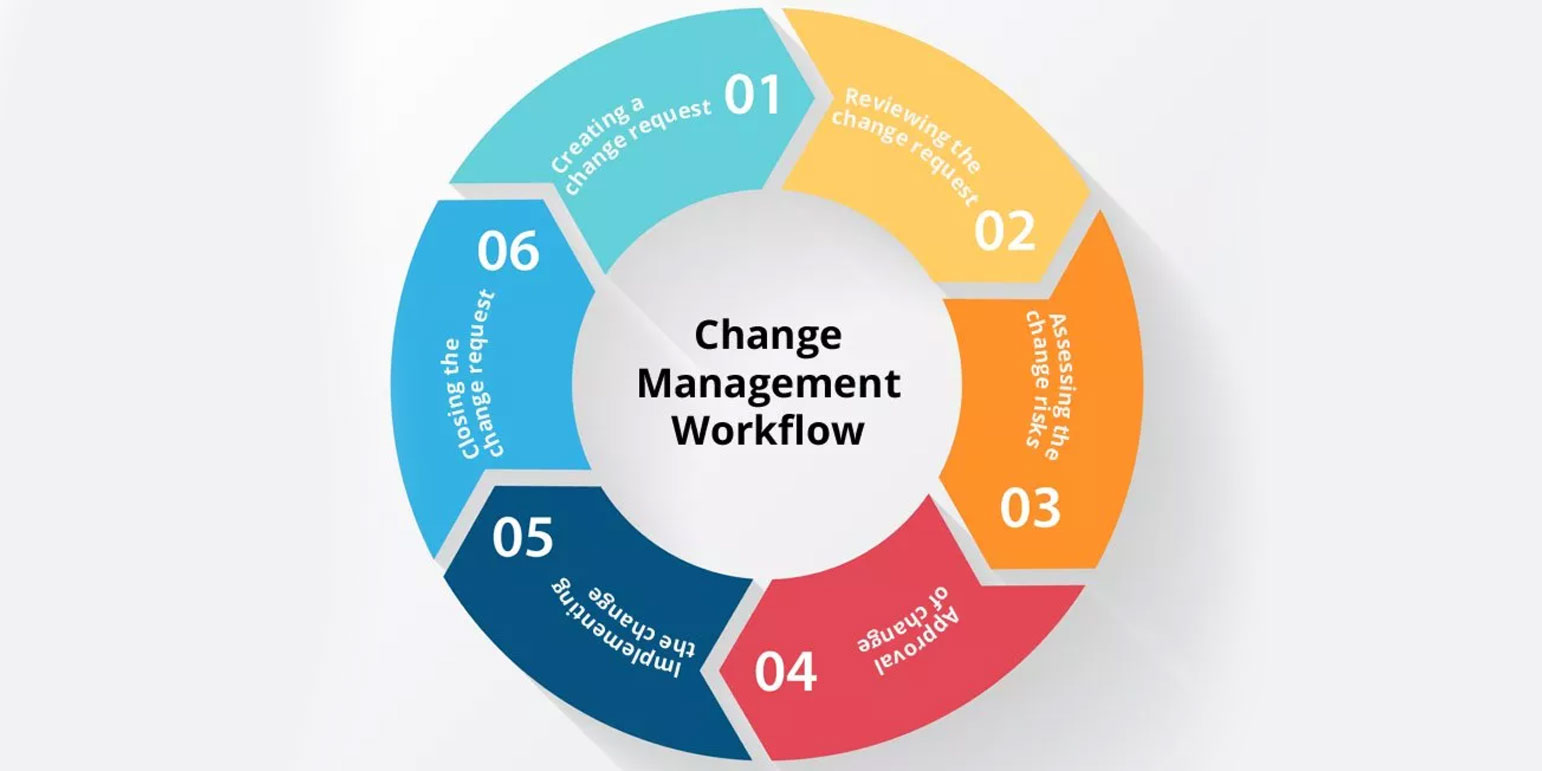Up to 40% off all training courses – use code: BACK0325UAE
27 June 2019 | Updated on 19 July 2024
What is ITIL change management and why is it important?
Change happens all the time. For a forward-thinking company with ambitious objectives and goals, change is a natural part of progression. But it needs consideration and management, especially when it...

Change happens all the time. For a forward-thinking company with ambitious objectives and goals, change is a natural part of progression. But it needs consideration and management, especially when it has the potential to disrupt existing workflows and important processes such as IT.
This is why ITIL Change Management is so important. It allows for a methodological approach to managing and implementing change by examining a number of factors.
The purpose of ITIL Change Management
Effective implementation minimizes operational risks while using standard procedures and methods. Ensuring less disruption of IT services across an organization or department is clearly valuable, but so is decreasing the risk associated with change.
The decision to update and change systems is driven by the desire to improve services and products. ITIL Change Management ensures introduced changes are effective, with a keen focus on customer satisfaction. It also ensures that business needs are catered for, with all changes to documents recorded.
A measured approach to change
Essentially, change management is a program that addresses the scope and extent of any changes. This includes:
- Service assets such as physical servers and storage.
- Virtual or cloud storage and servers.
- Third-party software provided by external providers.
- The copyright of documents.
Change isn’t just about adding assets, but removing and modifying them too. A methodological approach is essential to change management to ensure that nothing is missed and that risks are foreseen.
Under ITIL Change Management, there are three categories of change to manage the process:
- Standard change is easy to implement, low risk, and doesn’t require senior management approval prior to implementation.
- Normal change requires approval as the potential risks to service delivery need assessing beforehand.
- Urgent change responds to an emergency situation and includes senior managers. The workflow for these changes is the same as that identified for a normal change, but the urgency drives the process.
Setting out a clear workflow
Managing the process is also part of this program. The workflow should set out clear stages:
- Creating a change request.
- Reviewing the change request.
- Assessing change risks.
- Approval of change.
- The latter stages of implementing the change.
- Closing the change request.
Why ITIL Change Management training is needed
These days, every organization relies heavily on its IT infrastructure, no matter how simple or complex the system is. Managing such a structure comes with responsibilities, from risk management to effective disaster recovery plans and processes.
It’s one thing to add, remove, or modify a component part of a system. The trick is knowing how to implement these changes without risking a disruption or complete IT blackout. It’s important to learn how to respond to the urgency of such changes. This is what makes ITIL Change Management a high priority.